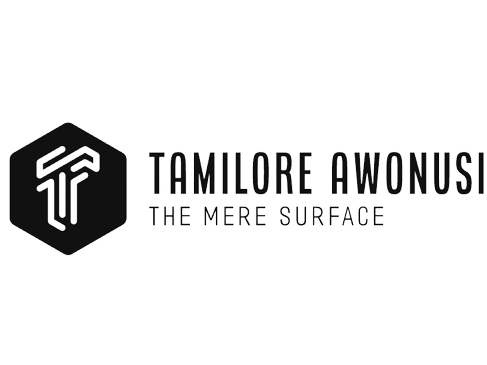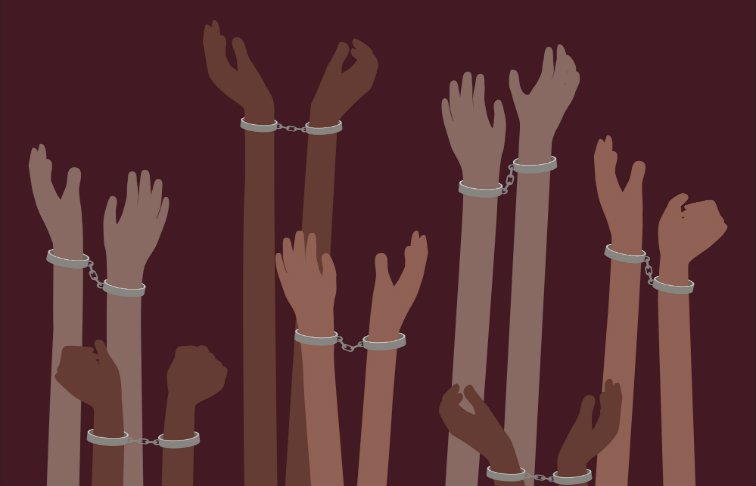I read a book in primary school called “The Fall”, it was the seventh novel in the Cherub series by Robert Muchamore. Very questionable book for a ten-year-old to be reading but nevertheless a very insightful book, and its message stuck with me throughout the years. It follows a young girl who works to infiltrate a human trafficking ring in the UK. Around that time the movie “Taken” had just come out, which follows a father trying to rescue his daughter from a human trafficking ring in Paris. Again, probably not a movie a ten-year-old should be watching but at the time it brought some clarity to my eyes in terms of what was really going on in the world and how slight misfortune might lead you down this path.
Fast forward a decade, during a deep-dive of TED talks on youtube I came across Markie Dells’ powerful talk on her experience with being human trafficked. Shocked and saddened by her story I felt obliged to look further into her experience, as well as many others, in which millions across the world face. Somehow over the last 10 years, I had managed to convince myself that human trafficking was no longer a problem. I was wrong. Today between 20-40 million people are being trafficked globally, which we are aware of, the full scale of it all is immeasurable and can never be truly accurate. The presence of human trafficking in the 21st century is more alive than ever but is not being addressed to its full extent.
First, we must identify the true definition of Human Trafficking. The United Nations defines it as “The Act of recruitment, transportation, transfer, harboring or receipt of persons, by means of the threat or use of force or other forms of coercion, of abduction, of fraud, of deception, of the abuse of power or of a position of vulnerability or of the giving or receiving of payments or benefits to achieve the consent of a person having control over another person, for the purpose of exploitation.“. It’s a lot, but what it essentially means is the movement or drafting of persons by the means of coercion or deception all for exploitation. I believe the main takeaway from the definition is the purpose, which is exploitation. Many would believe human trafficking to just be sex trafficking. while it accounts for 50% of it, the exploitation of persons can go much further to the point where it’s not noticed. Labour exploitation otherwise known as modern slavery is one of the biggest forms of human trafficking. Labour exploitation is work performed involuntarily by means of coercion, intimidation, and deception. As of 2017, there was an estimation of over 24.9 million people trapped in modern slavery. 1 in 4 of these are children and a further 71% are women. We see forced labour in a vast amount of industries such as production, domestic work, agriculture, and construction. As previously touched on Thought Process by Cosima Pellis we saw an inside look into fast fashion and its production. Many of those labourers are victims of human trafficking and it’s exploitation. While some work willingly for very little, the majority are being forced to work in these sweatshops and are just another number to the industry. The sad reality is that they may stay victims until there is a collective understanding to eradicate forced labor by not supporting such companies. But it’s not just the clothing industry, it’s the food we eat, the minerals in our phones, the cars we drive and even the arenas that we watch famous athletes play in. 2022 FIFA World Cup is to be hosted by Qatar but Amnesty International has put them under fire for playing part in forced labour, it is believed they are exploiting Nepalese migrants in the construction of infrastructure for the World Cup, with at least 95% of Qatar’s labour force.
When being trafficked it’s very common that we see the traffickers taking advantage of those most vulnerable in society. As the Syrian war enters its 9th year, there are now over 6.7 million refugees worldwide, all displaced from their homes. Their circumstances have deemed them vulnerable. Desperate to escape their situation, many are putting themselves at risk by seeking refuge in neighboring countries and crossing borders. This, in turn, has exposed them to various forms of trafficking such as forced labour and sex trafficking. Refugees are now victims of people smuggling were smugglers offer safe passage to European countries in return for large sums of money. Interpol reports that migrants can spend an average of between $3,200-$6,500 and that in 2015 alone smugglers generated a turnover of between $5bn-$6bn. Many are later in debt to smugglers and must repay the cost of their travel in forms of forced labour or pushed to sexual acts, IMO reports that many “were repeatedly raped or forced to prostitute themselves in near-slavery conditions”. This is the dark reality that all refugees face, not just Syrian refugees, some of the most vulnerable in the world.
In many instances, those being trafficked tend to enter forced marriages, which are marriages where at least one party does not consent. Today globally there are over 15.4 million cases of forced marriages. 88% of these victims were women and girls and 44% of those were under the age of 18. These are young women being stripped of a future and being forced into unstable and threatening relationships. It goes without saying that forced marriages do come along with nonconsensual sex and often domestic violence.
As previously stated prior to this article I wasn’t up to date/aware of the state of human trafficking in society today and I find that to be the case with a lot of my peers. Truth be told I’m not surprised because situations and circumstances that I’ve addressed above do not relate to us and seem so distant, but it can be a lot closer to home than some of us would believe. Amsterdam, one of Europes most popular city break destinations, known primarily for its legislation regarding prostitution and marijuana, many are too consumed in its allure to digest the process of the actions they take part in. While prostitution may be legal and the Netherlands officials work relentlessly to fight trafficking, it still persists. Reports state that “over 6,000 people in the Netherlands are the victims of human trafficking every year, two-thirds of whom are coerced into the sex trade“. Many believed that the legalisation of prostitution would curb the trafficking of women into the industry but if anything it may have spiked it with the growing demand from tourists, it has turned it into an even more lucrative industry for traffickers.
In actuality, the true extent of human trafficking can never be fully measured. The figures mentioned above are all estimates and reported cases, many go unreported and below the radar. This means there are millions of young/old men and women across the globe who are constantly being forced into unbearable circumstances.
So where do we go from here? and how can we help in the fight against human trafficking? It’s vital that we continue to educate ourselves on these issues and shed light on it, as it is a growing social issue that can only be combated with resistance and knowledge. Changing our habits and patterns can help us do so, becoming a more conscientious and informed consumer and questioning where the products we consume, use, wear, or drive come from and how they’re being made can do so. Identifying tactics used by traffickers and spreading awareness is another key fundamental. Below are links to various organisations and resources who help combat the situation globally.

